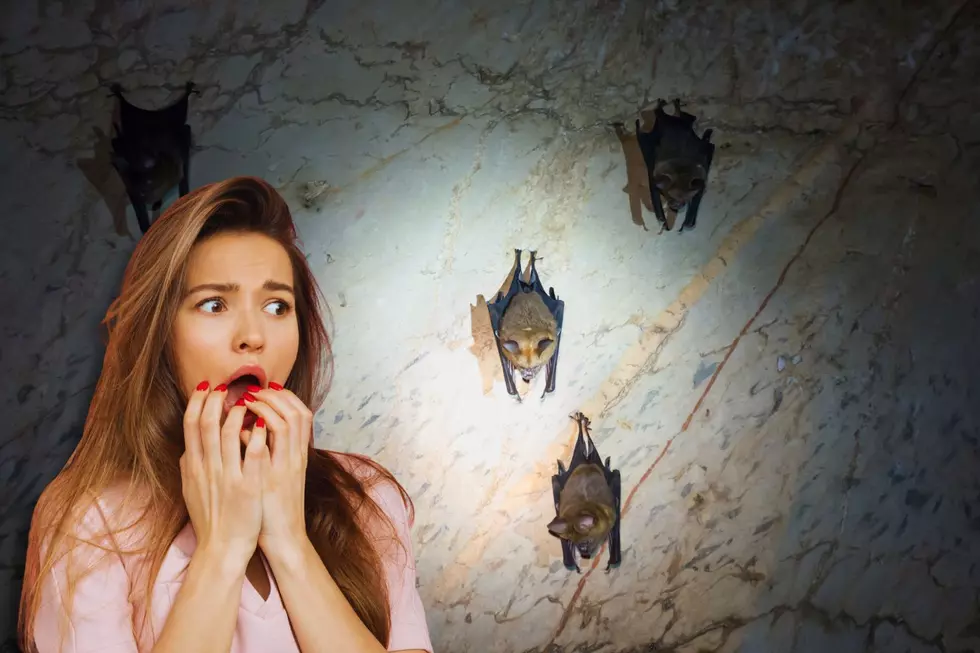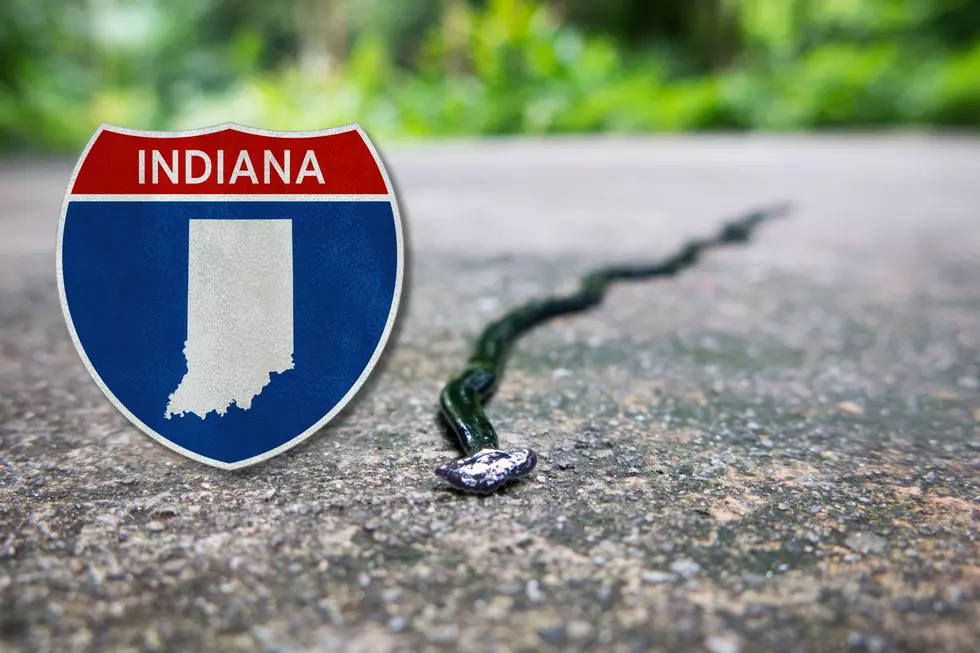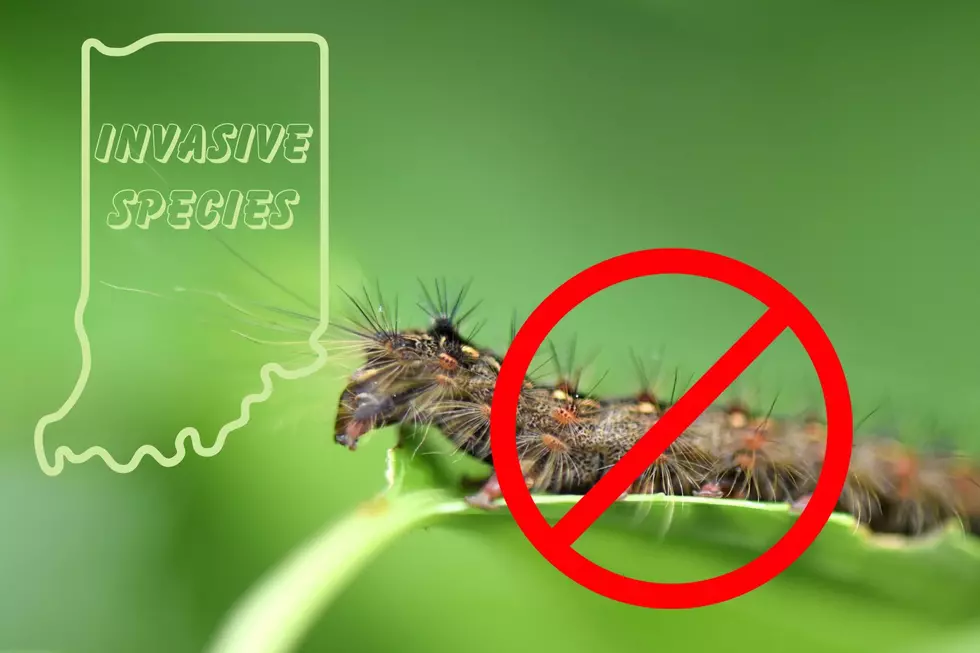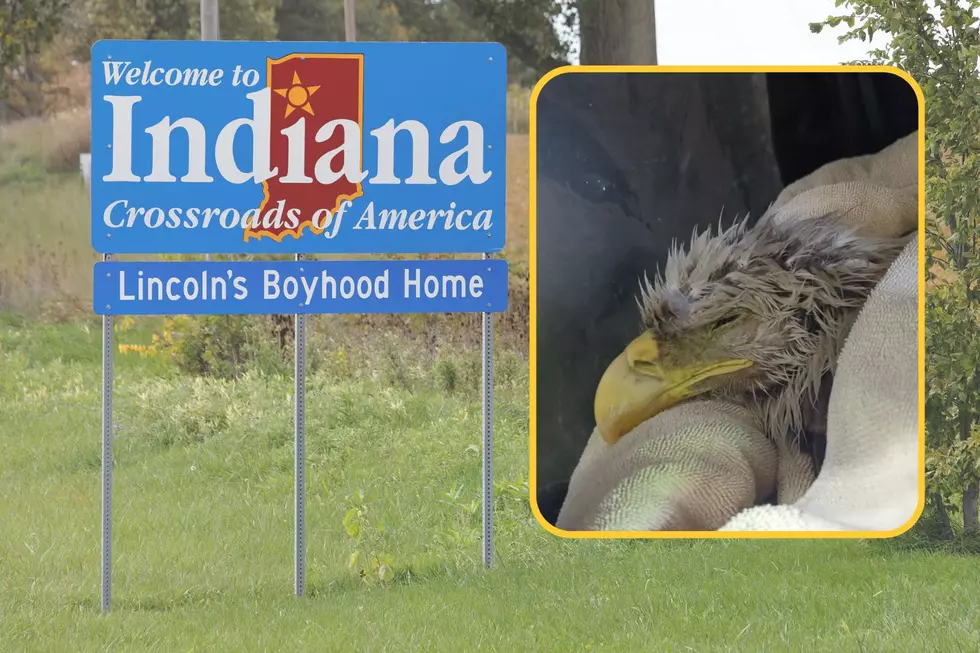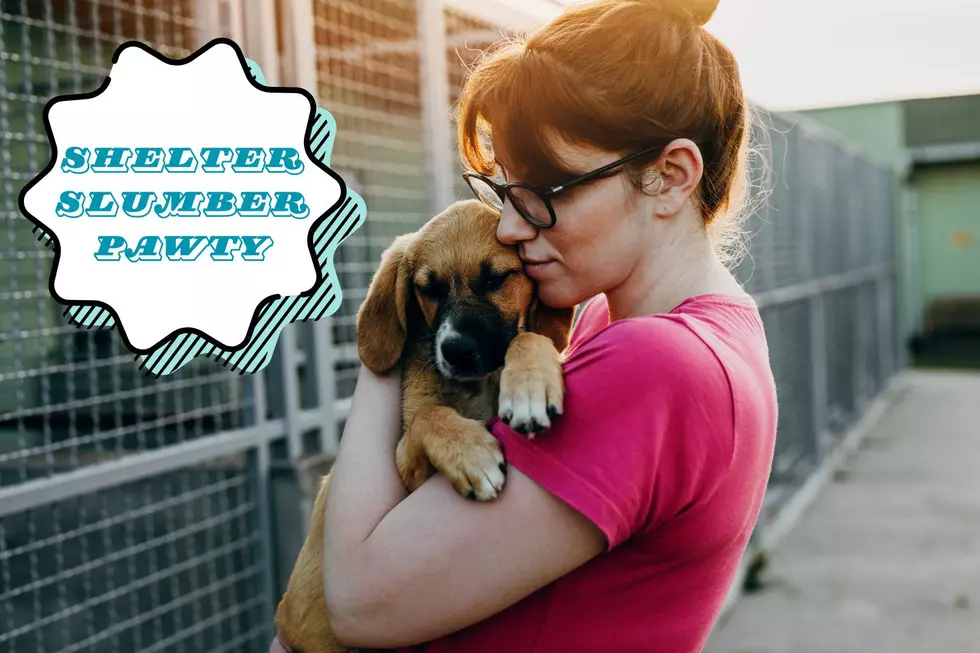
Baby Animals Are Adorable but it is Illegal to Remove Them From Their Mothers
It's springtime which means baby animals! While baby animals are adorable, it is vital to their safety and survival that you leave them alone. While you may see a fawn lying in tall grass by itself and think it may need your help, there's a very good chance the fawn does not need your help.
Just recently my friend Amber shared two photos she snapped of a fawn she recently found in the wild. She said she was walking and about tripped over the little guy as he was lying in the tall grass and she didn't see him. She used the moment as a teaching tool and shared a couple of photos of him on Facebook while making note that she didn't bother or touch him (or her, we don't know for sure haha). She did use the moment to remind people to leave young wildlife alone.

Amber's finding of the fawn came at the perfect time as on May 17th the Kentucky Department of Fish and Wildlife Resources shared the following, did you know it is illegal to remove young wildlife from their mother's care?
They may be cute - but, LEAVE YOUNG WILDLIFE ALONE -- it’s illegal and harmful to take them from their mothers!Wildlife biologists recommend leaving alone wildlife that appears to be abandoned. While you may believe you are helping an animal by “rescuing” it, you may be doing more harm than good.Most baby wildlife are probably not really abandoned. White-tailed deer, rabbits, and other species of wildlife leave their young for extended periods of time each day, only to return to take care of them.If you discover a young mammal or bird, you should not handle it and should keep children and pets away from it. Staying away from the young animal reduces stress on the animal and increases the likelihood that the mother will return to care for it.Unless the wildlife is obtained from a legal source and a Captive Wildlife Permit is obtained in advance, 301 KAR 2:081 prohibits holding native wildlife as a pet.
If you find a fawn by itself, with no obvious signs of injury, wait and check it periodically. If the fawn is not injured, the mother is likely close by. If the fawn has obvious signs of injury or if it is known that the mother has been killed, you can contact a permitted wildlife rehabilitator. White-tailed deer are protected by law and cannot be kept as a pet.
LOOK: 30 fascinating facts about sleep in the animal kingdom
."}" data-sheets-userformat="{"2":33554688,"11":4,"28":1}">
KEEP LOOKING: See What 50 of America's Most 'Pupular' Dog Breeds Look Like as Puppies
More From WGBF-FM
